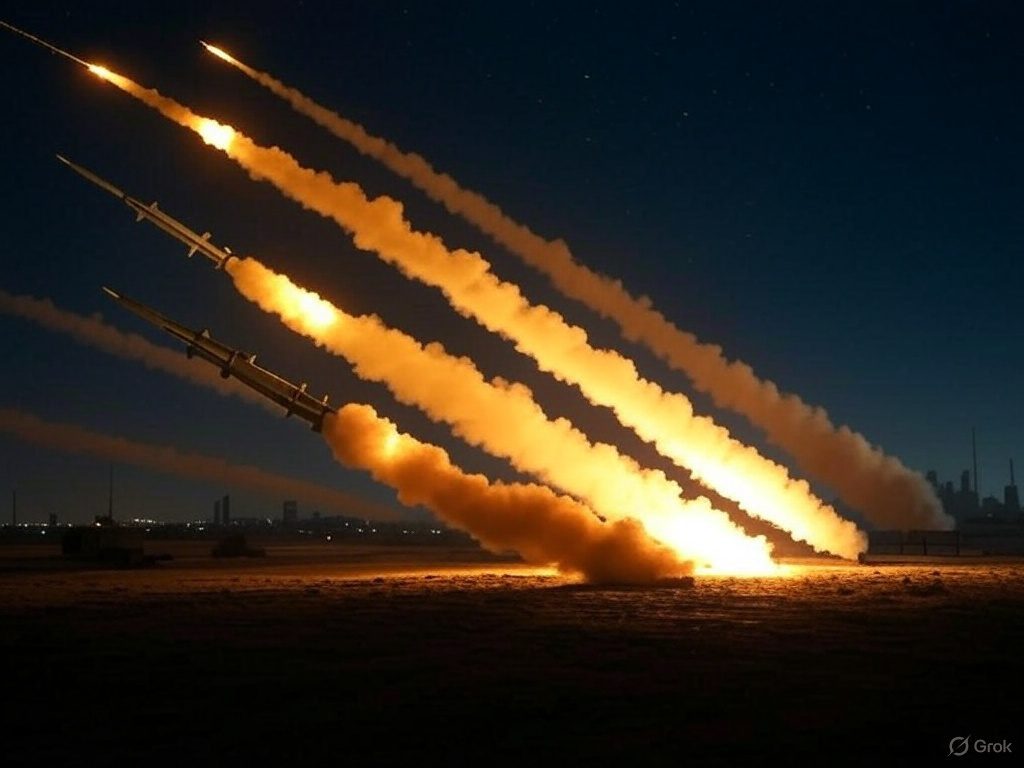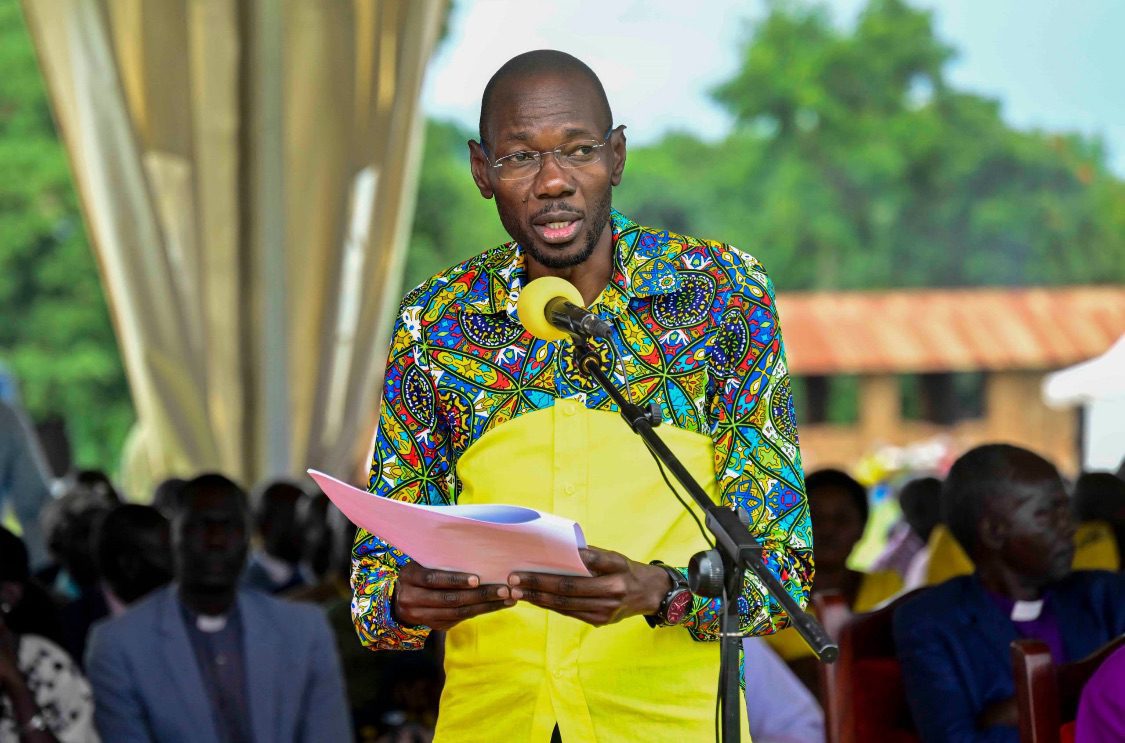
By Paul kasiita
May 7–10, 2025 — In a dramatic escalation of the Kashmir conflict, Pakistan launched a major military offensive on May 10, targeting more than 25 sites across India — including the capital, New Delhi. Indian air defense systems successfully intercepted multiple missiles and drones, averting large-scale civilian casualties. The attack came just days after India’s own missile operation, code-named “Sindoor”, which struck militant bases in Pakistan-administered territories in response to the massacre of 26 tourists in Indian-administered Kashmir.
These consecutive strikes brought the two nuclear-armed rivals to the brink of a broader military conflict, prompting international calls for restraint.

India’s Operation Sindoor: Targeting Militancy
On May 7, India carried out targeted missile strikes on nine locations in Pakistan-administered Kashmir and eastern Punjab, which the Indian government claimed were planning imminent terrorist attacks. At least eight people, including a child, were reported killed. The strikes were a direct response to the terrorist killing of 26 tourists in Kashmir earlier that week.
India described the operation as “focused, measured, and non-escalatory,” emphasizing that no Pakistani military sites were targeted.

Pakistan’s Retaliation and Military Escalation
In retaliation, Pakistan launched artillery shelling and cross-border firing across the Line of Control (LoC) and the international border, killing at least three civilians in Indian-administered Kashmir. The situation worsened when a plane crashed into a school building in the region, though details remain unconfirmed.
Pakistan’s state broadcaster later claimed its air force had downed five Indian aircraft, a claim not verified by Indian authorities.

Strikes on Delhi and Nationwide Alert
The situation reached its peak when Pakistan launched “Operation Bunyan al-Marsus” on May 10, firing missiles and deploying drones toward major Indian cities, including New Delhi, Gujarat, Punjab, Rajasthan, and Kashmir. India responded by activating nationwide air defense systems, successfully intercepting most of the incoming threats. The attempted strike on the capital marked a serious turning point in the crisis and triggered global concern.
Diplomatic Fallout and UN Response
Amid the escalating crisis, the United Nations issued a statement urging both nations to exercise maximum military restraint. Spokesperson Stephane Dujarric warned that “the world cannot afford a military confrontation” between India and Pakistan.
Humanitarian Impact and Civil Response
Authorities in Pakistan-administered Kashmir declared a state of emergency in hospitals, and schools across the region were closed. In Hyderabad, Pakistan, large protests erupted against the Indian missile strikes. Casualties from both sides continue to rise, with many civilians caught in the crossfire.
Ceasefire Agreement and Ongoing Talks
Under mounting international pressure, particularly from the United States, a ceasefire was brokered on May 10 by U.S. President Donald Trump and Secretary of State Marco Rubio. Both India and Pakistan agreed to halt all offensive operations and begin high-level military talks, scheduled for May 12.
Despite the ceasefire, minor skirmishes have been reported, and both sides remain on high alert.
The Road Ahead
While the ceasefire has temporarily de-escalated tensions, the underlying issues — including the Kashmir dispute and accusations of cross-border militancy — remain unresolved. As the region holds its breath, the international community continues to advocate for sustained diplomatic engagement to prevent further conflict between the two nuclear neighbors.







 ">
">
